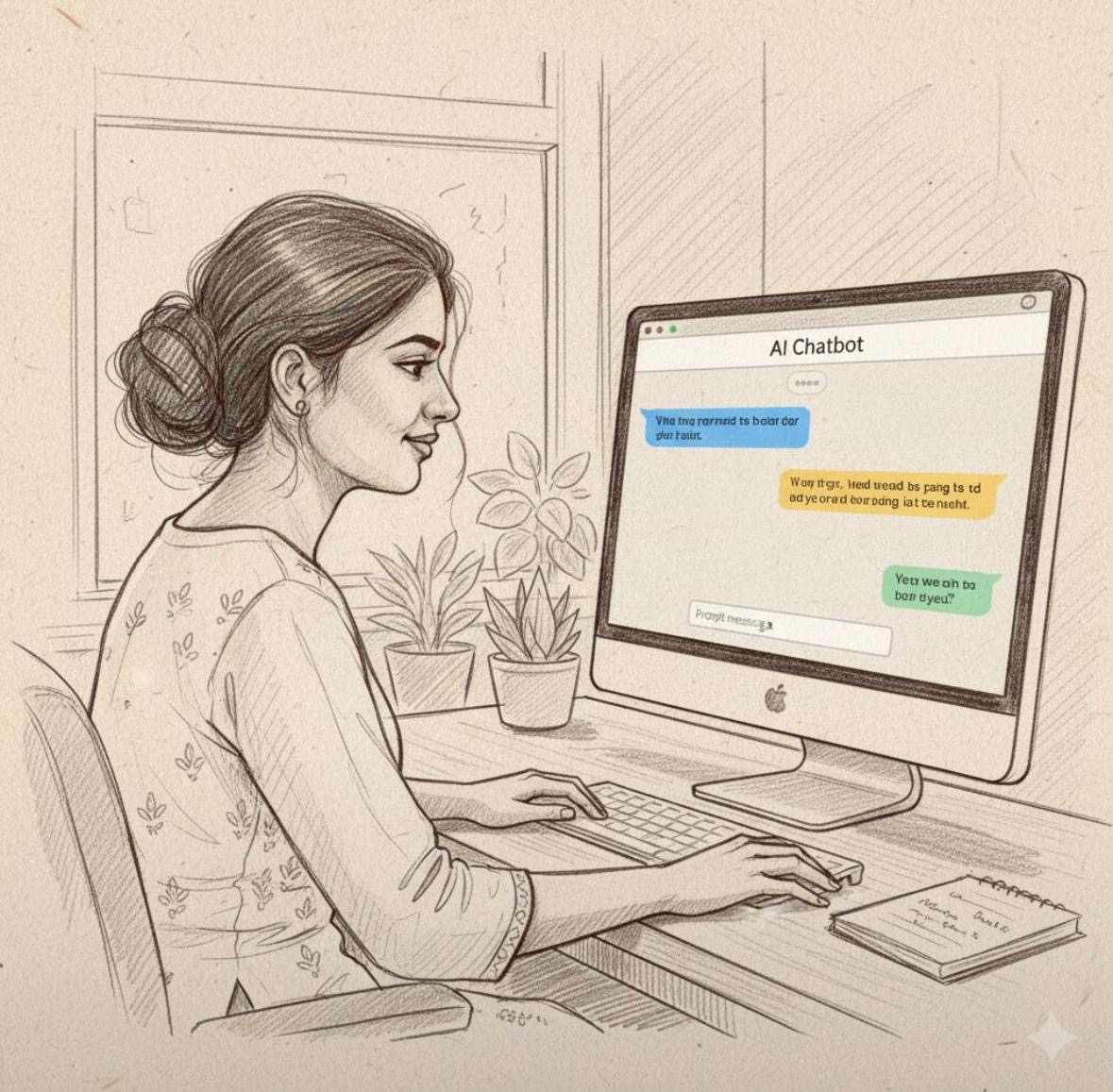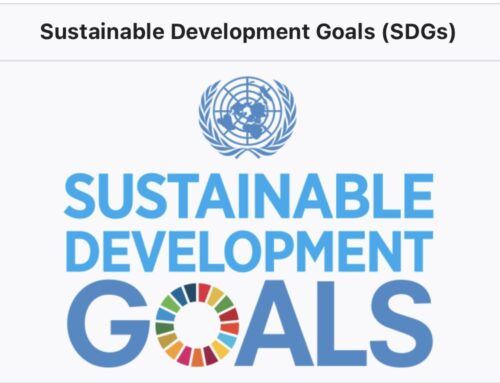Bridging Minds: How AI Fosters Inclusion in the Workplace

Bridging Minds: How AI Fosters Inclusion in the Workplace
In a world increasingly shaped by technology, it's easy to focus on the grand, transformative narratives of AI. But sometimes, the most heartening stories are found in the personal, everyday ways AI improves lives and fosters inclusion. One such story is that of Shilpa, a neurodivergent team member at the Diya Foundation, and her journey with generative AI.
Shilpa's natural communication style was often concise and direct. While efficient, this could sometimes be misinterpreted as abrupt in a professional setting. She needed a way to craft emails and WhatsApp messages that resonated with her colleagues and professional audience, ensuring her valuable input wasn't misconstrued. Enter generative AI.
With the help of tools like ChatGPT, Shilpa discovered a powerful ally. She found she could inject a layer of politeness and conventional professional form into her messages, making them sound "right" to her audience. This simple, yet profound, personal use case beautifully illustrates generative AI's role in fostering inclusion. It’s not about changing who Shilpa is, but empowering her to communicate effectively and confidently within traditional work environments.
Given that up to 20% of the global population may be neurodivergent, the need for tools that bridge the gap between diverse minds and conventional work environments is clear. AI, in this context, acts as a partner, creating a more inclusive and understanding space.
Beyond enhancing communication as Shilpa experienced, AI can assist in several crucial ways:
- Simplifying Information: For visual thinkers or those who process information differently, AI can summarize complex documents, making essential details more accessible and less overwhelming.
- Providing Structure: Many neurodivergent individuals find managing cognitive load a significant challenge. AI can help organize thoughts, outline ideas, and provide the structure needed to manage busy minds effectively, a benefit Shilpa herself utilizes.
- Boosting Task Management: Breaking down large projects into smaller, manageable steps is a core function of many AI tools, aiding in planning and execution for everyone, especially those who benefit from clear, incremental progress.
- Decoding Vague Language: Idioms, subtle cues, and unspoken meanings in language can be particularly challenging for some. AI can help interpret these nuances, clarifying intentions and preventing misunderstandings.
Shilpa's story is a powerful reminder that AI isn't just about futuristic scenarios; it's about practical, everyday solutions that build better bridges between people. It's about empowering individuals, respecting diverse communication styles, and ultimately, creating more understanding and inclusive workplaces for all.








Leave A Comment